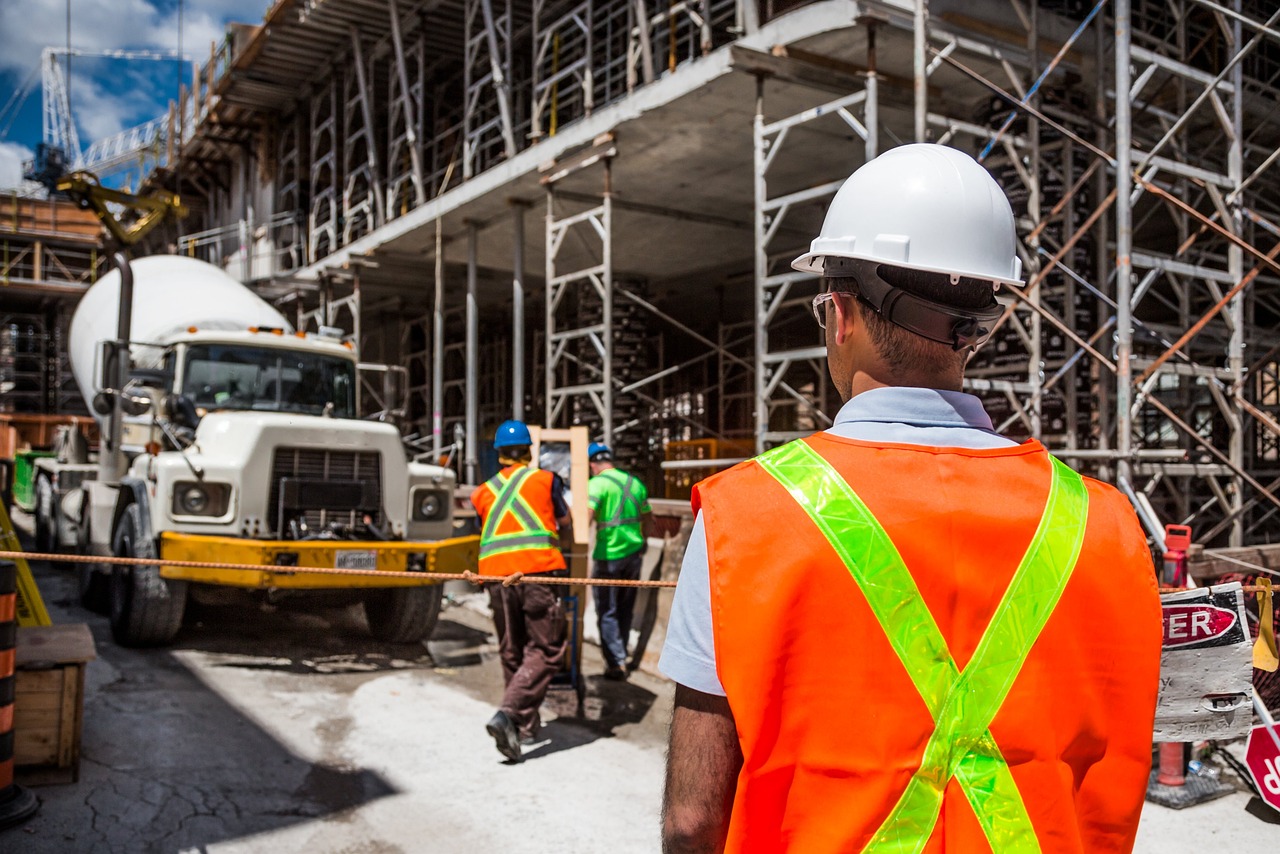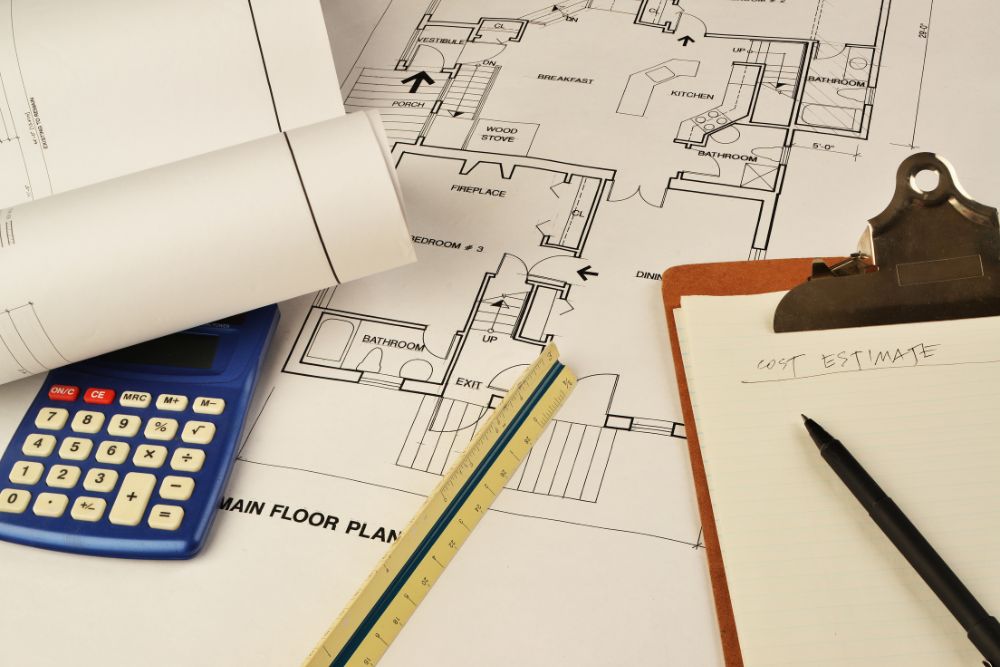No matter how carefully you plan a construction project, surprises always find a way in. Maybe the price of materials goes up, the soil conditions turn out worse than expected, or a last-minute design change throws the schedule off. These things happen, and when they do, they can quickly push your budget and timeline out of control.
That’s why every smart contractor includes a contingency in their project plan. It’s basically a backup fund, money set aside to cover unexpected costs. When something unplanned happens, that extra cushion helps keep the project running smoothly.
In this blog, we’ll explain what construction contingencies are, why they matter, and how you can plan and use them the right way.
What Are Contingencies in Construction?
A construction contingency is money set aside in a project’s budget to handle unexpected costs, risks, or changes that might happen during the project. This money isn’t linked to any specific part of the work; it’s there as a backup for anything that wasn’t planned, like a sudden price increase, design change, or delay. In simple terms, it works like insurance for your project’s budget.
Finding the right amount for a contingency is all about balance. You want enough to cover surprises, but not so much that it limits your cash flow or ties up funds. Most construction projects usually set aside about 5% to 10% of the total budget as a contingency.
This way, if something unexpected comes up, you can handle it without stopping work or asking for extra money.
Types of Construction Contingencies
In construction cost estimation, contingencies are divided based on who manages them and what kind of risks they cover. Understanding the types of contingencies in construction helps project teams manage uncertainty and maintain financial control throughout the project.
1. Design Contingency
A design contingency covers design changes, omissions, or errors that occur during the early stages of planning. It provides flexibility for revisions to drawings or specifications before construction begins. As the design becomes more detailed, this contingency is usually reduced.
2. Construction Contingency
A construction contingency is used during the building phase to handle unexpected site conditions, price increases, or scheduling delays. Contractors include this in the project budget to manage risks that arise during execution and to keep the project on track.
3. Owner’s Contingency
The owner’s contingency is controlled by the project owner and used for scope changes, design upgrades, or additional features requested during construction. It gives owners financial flexibility without affecting the core budget or contract value.
4. Contractor’s Contingency
A contractor’s contingency is set aside by the contractor to manage risks within their scope, such as coordination issues, productivity changes, or small estimating errors. It plays a key role in risk management in construction, ensuring that contractors can cover unforeseen expenses without disrupting the overall construction cost estimation.
Methods of Calculating Construction Contingency
There are two main ways to calculate the percentage of construction contingency for a project: the Deterministic Method and the Probabilistic Method.
1. Deterministic Method
The deterministic method is the simplest and most common way to calculate contingencies. It uses a fixed percentage of the project’s total estimated cost, usually between 5% and 10%.
Formula:
Contingency = % × Project Base Cost Estimate
Example:
If a project is estimated to cost $200,000, and you apply a 5% contingency, the contingency amount would be $10,000.
This method is quick and easy to use, especially for small or low-risk projects.
2. Probabilistic Method
The probabilistic method takes a deeper look at potential project risks and their possible impacts. The project team lists out risks, like weather delays, material price increases, or labor shortages, and estimates how likely each one is to happen and how much it might cost.
They then multiply the probability of each risk by its cost impact to find the Expected Monetary Value (EMV).
Finally, all EMVs are added together to find the total contingency amount.
Formula:
Expected Monetary Value (EMV) = Probability of Risk × Impact if it Happens
This method gives a more accurate estimate, especially for large or complex projects where risks are harder to predict.
 How to Use the Contingency Budget
How to Use the Contingency Budget
Having a contingency budget is only helpful if it’s used wisely. The main goal of this fund is to cover unexpected costs, not planned expenses. It’s important to manage and track how it’s used throughout the project to keep the budget balanced.
1. Use It Only for Unplanned Costs
The contingency fund should be used only when something unexpected happens, like design changes, material shortages, or site problems. It’s not meant for costs that were already included in the original budget.
2. Get Approval Before Using It
Every time you need to use contingency money, make sure it’s properly approved by the project manager or owner. Keeping a record of when and why it’s used helps maintain transparency and avoids confusion later.
3. Track and Update the Remaining Balance
Keep a close eye on how much of the contingency has been spent and how much remains. Regularly updating this information helps the team stay aware of the project’s financial status and avoid running short near the end.
4. Review and Adjust if Needed
As the project moves forward, review the remaining contingency and adjust it if the risks change. For example, once major structural work is complete, you might not need as much contingency for that phase.
Benefits of Using Construction Contingencies
Including a construction contingency in your project budget offers several advantages. It not only protects against financial risks but also helps ensure the project stays on track, even when unexpected issues arise.
1. Keeps the Project Within Budget
A contingency fund acts as a financial cushion that covers unplanned expenses. It helps prevent budget overruns when surprises occur, like material price changes or unforeseen site conditions.
2. Reduces Project Delays
With contingency funds available, work doesn’t have to stop when unexpected costs come up. This keeps the project moving smoothly and prevents unnecessary downtime or scheduling setbacks.
3. Builds Trust and Transparency
When both the contractor and client know there’s a clear plan for handling risks, it creates trust. A well-managed contingency fund shows professionalism and responsible financial planning.
4. Improves Risk Management
Contingencies make it easier to deal with uncertainties in construction. By preparing for the “what-ifs,” project teams can make better decisions and respond quickly when issues appear.
5. Increases Overall Project Success
With fewer disruptions and better cost control, projects with properly planned contingencies are more likely to finish on time, within budget, and to the client’s satisfaction.
Tips for Using Construction Contingencies
Here are a few simple tips to make sure your contingency funds work the way they should:
- Set a clear percentage: Usually, a 5–10% contingency is enough for most projects. Smaller projects may need less, while complex ones might need a little more.
- Track spending carefully: Keep a record of how and when you use contingency money. This helps you stay within budget and avoid unnecessary spending.
- Use it only when needed: Don’t treat contingency funds like extra cash. Use them only for real surprises, like design changes, hidden site conditions, or material price jumps.
- Communicate with your team: Make sure your client, contractor, and project manager all understand how the contingency will be used. Clear communication helps prevent misunderstandings.
- Review and adjust: If the project scope changes, revisit your contingency plan. You might need to increase or decrease it based on the new conditions.
FAQs
What is an example of a construction contingency?
A construction contingency could cover unexpected costs like material price increases, design changes, or hidden site issues such as soil problems, ensuring the project stays on track without major budget delays.
What are contingencies in a project?
Contingencies are backup funds or plans set aside to handle unexpected issues, like delays, design errors, or cost overruns, helping projects stay within budget and avoid major disruptions.
How much is a typical construction contingency?
A typical construction contingency ranges from 5% to 10% of the total project cost, depending on project size, complexity, and risk level. Larger or riskier projects may require a higher percentage.
What should a contingency plan look like?
A good contingency plan outlines potential risks, their impact, and how to respond. It includes cost estimates, timelines, and clear roles to manage issues quickly without delaying the project.
What are the major contingency factors?
Major contingency factors include design errors, weather delays, material shortages, labor issues, and site conditions, anything that can affect time, cost, or project quality unexpectedly.
Conclusion
No matter how well you plan a construction project, surprises are almost guaranteed. That’s why Prime Estimation recommends including a construction contingency; it gives you a financial safety net to handle unexpected costs, delays, or design changes without derailing your project.
By setting the right contingency, tracking it carefully, and using it wisely, you can keep your project on schedule, under budget, and stress-free. It also builds trust between contractors and clients, making the whole process smoother and more predictable.
Want to keep your project on budget and stress-free? Contact us today, and we’ll help you plan the right contingencies to handle any surprises.


 How to Use the Contingency Budget
How to Use the Contingency Budget









